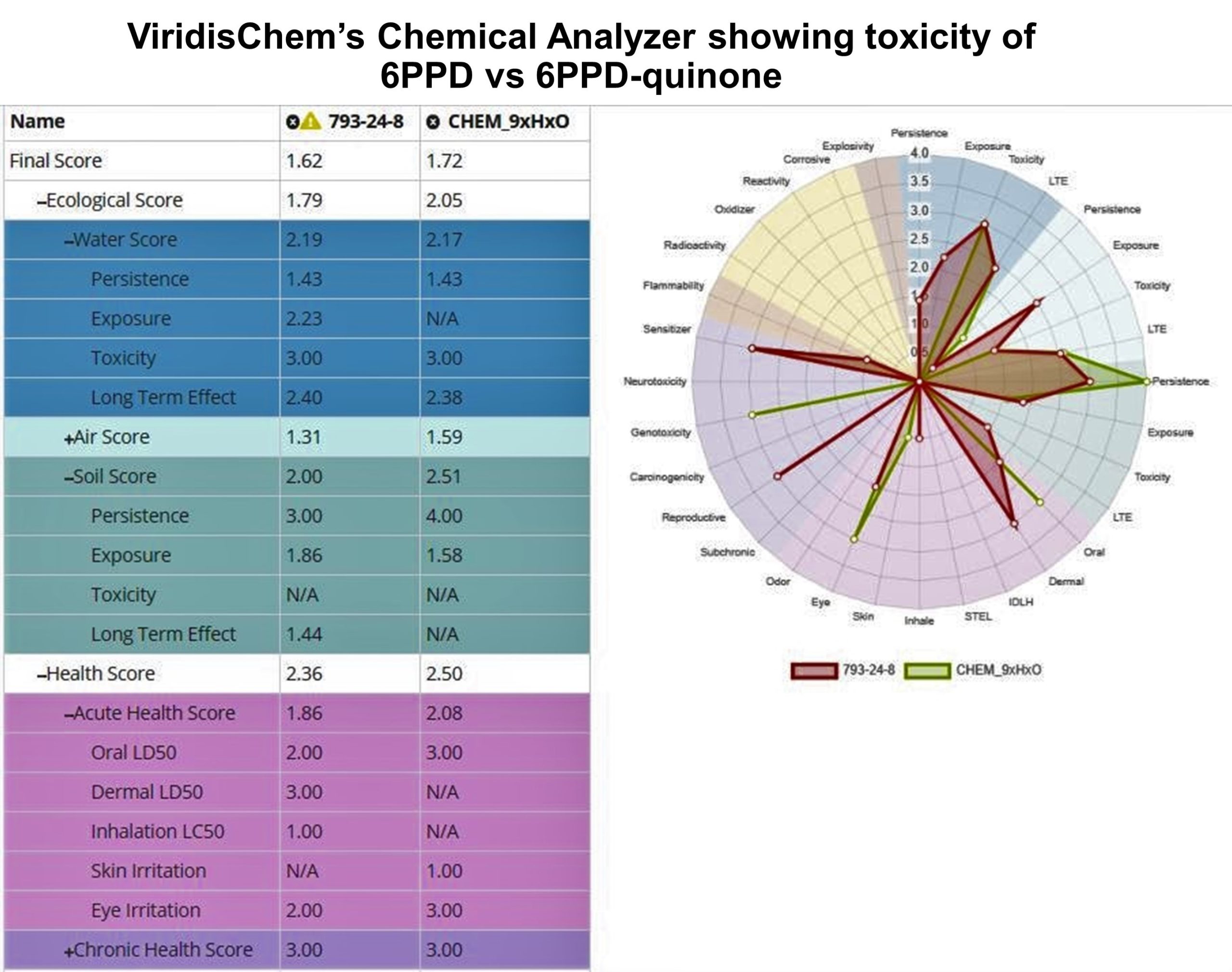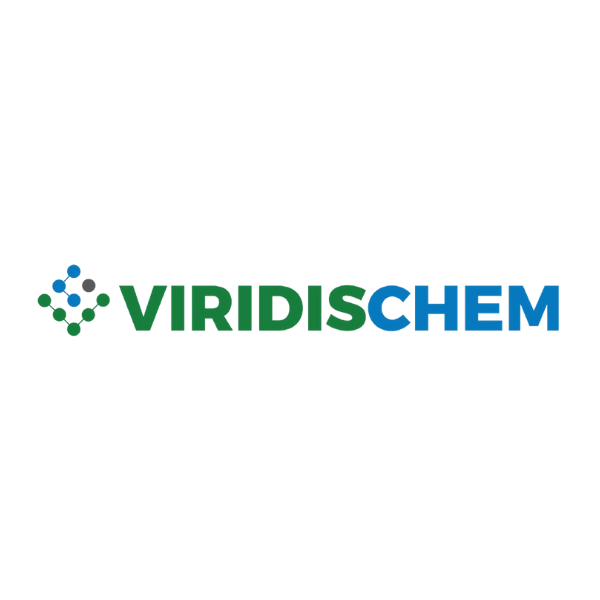By Annie Mitchell
You might think that today’s extensive scientific knowledge would prevent a single chemical from wreaking havoc in aquatic environments. Unfortunately, the battle between a car tire preservative and coho salmon in the Pacific Northwest of the United States proves that decades can pass before an industry notices the adverse effects of the toxicity introduced by its products into the environment.
Twenty years ago, scientists up and down the US West Coast observed that huge portions of coho salmon in their creeks would die after rainfall. This destructive phenomenon remained unexplained until December 2020, when chemists from the University of Washington identified the toxin to blame in a Science journal study [1].
The study found that the chemical 6PPD, a common car tire antioxidant and antiozonant, produced the lethal effects seen with the coho salmon. The chemical is used to coat tires and is meant to react with ozone, protecting the tires against fatigue degradation and cracking. However, the study explained that the 6PPD ozone reaction produces 6PPD-quinone, which is highly toxic and a mobile chemical that washes from the roads to the creeks after rainfall.
The endangerment of the coho salmon was an unnecessary side-effect of human activity. “It’s unfortunate and could have been avoided if chemists had had the ecological toxicity information available,” said Neelam Vaidya, CEO of ViridisChem, a green chemistry company.
The authors of the Science study propose that “identifying demonstrably non-toxic and environmentally benign replacement antiozonants” is the key to saving the salmon and preventing further tire debris pollution [1]. ViridisChem has created a powerful tool that provides comprehensive ecological and health toxicity of every chemical and helps scientists identify less toxic alternatives that still satisfy production needs. It offers critical information needed during drug discovery, product development, regulatory and lab-safety work for a variety of use cases.
ViridisChem’s Chemical Analyzer and add-on modules help chemists and engineers evaluate the toxicity of known and new chemicals within seconds. The platform uses information from the world’s largest toxicity database and utilizes industry-standard AI-powered prediction models to graphically present the toxicity of any chemical, including 6PPD and 6PPD-quinone (red and green respectively; see image). The Chemical Analyzer searches for similar and less toxic chemicals and even predicts the toxicity of new chemicals in real-time, allowing users to explore both tested and untested alternatives.

“Just knowing toxicity information about a chemical or molecule is not enough,” Vaidya said.
“Chemists and scientists have to be able to quickly identify what the available alternative, less harmful, greener chemicals are to select from. Spending efforts to select less toxic chemicals can save companies time and money—there are fewer regulatory issues down the road and they also will generate less toxic waste.”
The ViridisChem toxicity evaluation of 6PPD (CAS number 793-24-8) gives the chemical a high water toxicity score of 3.0. The antiozonant’s persistence in soil was similarly high, increasing the graph’s red shaded area. The larger the area the graph covers, the more toxic the chemical. Scientists can use ViridisChem’s software to visually compare 6PPD’s area with other similar chemicals.
The shape and area of 6PPD-quinone’s toxicity evaluation, for instance, is clearly different from 6PPD’s when the two chemicals are compared directly. Notably, 6PPD-quinone’s persistence in the soil is higher, with a maximum score of 4.0.
Mariska Obedzinski, a California Sea Grant fisheries biologist, confirmed in an interview with the LA Times that chemical analysis providing toxicity insight of chemicals is vital for protecting aquatic life [2]. “While we often monitor temperature and dissolved oxygen levels, much more could be done to test for toxicity,” Obedzinski said.
Fish are not the only organisms that stand to benefit from identifying a more sustainable tire preservative. As the Science study indicates, “it is unlikely that coho salmon are uniquely sensitive.” [1] Further studies are required to determine the health effects of 6PPD for humans and other creatures.
In the meantime, ViridisChem software can help scientists in many industries, including agrochemical, pharmaceutical and textiles, to quickly identify chemical dangers and investigate safer solutions.
Bibliography
1) Z. Tian et al. “A ubiquitous tire rubber-derived chemical induces acute mortality in coho salmon.” Science, 3 Dec. 2020. https://doi.org/10.1126/science.abd6951
2) Xia, Rosanna. “Scientists solve mystery of mass coho salmon deaths. The killer? A chemical from car tires.” LA Times, 3 Dec. 2020. https://www.latimes.com/california/story/2020-12-03/coho-salmon-tire-chemical
ViridisChem is a software company offering essential toxicity data and tools for companies to move towards sustainable product development.
We have the world’s most comprehensive toxicity database with over 90 million chemicals, and utilizing this data, our software tools provide toxicity analysis of chemicals, mixtures and formulations, and product development processes.
Demonstrations

Chemical Analyzer for Lab Safety

Chemical Analyzer for Process Development
